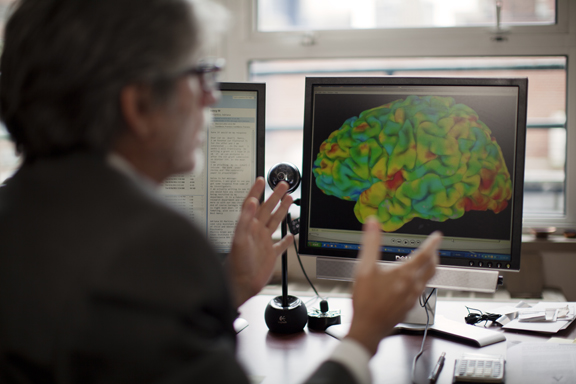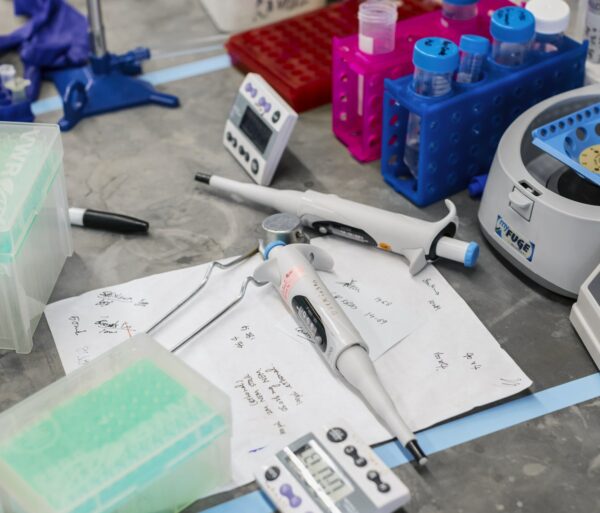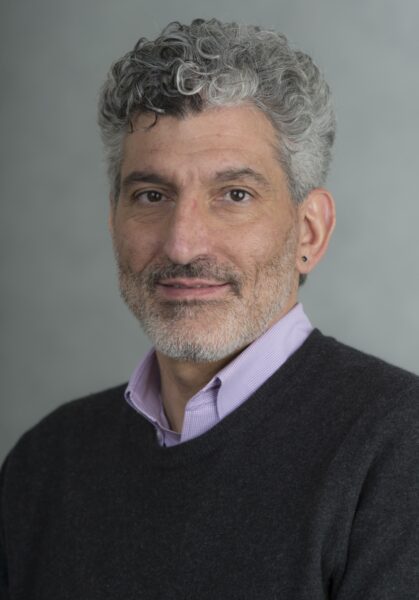
Neidich Professor of Child and Adolescent Psychiatry at NYU Langone Medical Center and Nathan Kline Institute
Attention-deficit/hyperactivity disorder (ADHD) is a psychiatric condition that, until recently, has defied scientific understanding. Scientific research of a disease aims to identify causes or connect symptoms to underlying physiology. Such methods are traditionally less effective for understanding a syndrome, such as ADHD, which is characterized by multiple symptoms that frequently occur together.
Recent progress in the fields of neuroimaging and genetics make it possible for scientists to answer fundamental questions that will lead to better diagnosis, treatment and prevention of ADHD. After a dozen years and an international effort, researchers have identified a gene, Latrophilin-3 (LPHN3), related to the tendency to manifest ADHD. LPHN3 is thought to be linked to a particular type of ADHD that is associated with a high likelihood of developing conduct disorder, nicotine addiction, and substance abuse disorders (SUD) including alcoholism.
The Brain Research Foundation awarded F. Xavier Castellanos a $150,000 grant to launch a project that laid the foundation for long-term research into ADHD. Dr. Castellanos, a physician and researcher with New York University and the Nathan Kline Institute for Psychiatric Research, have designed a research project using functional magnetic resonance imaging (fMRI) to study people who carry the risk gene for ADHD and are also prone to substance abuse. The study was to involve only individuals who carry informative variations of the risk gene for ADHD and who have been diagnosed with ADHD. It compared fMRI scans of substance abusers and non substance abusers. Analyses of brain imaging data were to focus on areas of the brain implicated in ADHD and in which the risk gene for ADHD is strongly expressed.
Since the grant was awarded, scientists have learned more about this specific gene and its relationship with ADHD. Specifically, they have identified variations in the gene that appear to predict even more strongly which people diagnosed with ADHD will also have substance abuse. Dr. Castellanos and his colleagues were to genetically characterize participants into four relevant subgroups. One group was to include substance abusers with a high-risk type of ADHD gene; substance abusers with a low-risk type; and two separate groups of non substance abusers, one high-risk and one low-risk. These individuals were to undergo fMRI to yield data to identify commonalities, as well as differences, among the subgroups.
Identification of a gene is only an initial step. Identifying which specific variations in a gene are responsible for differences in biological function can be like finding a needle in a haystack. But learning how this gene functions and malfunctions in some types of ADHD will likely reveal much about the disorder overall.




